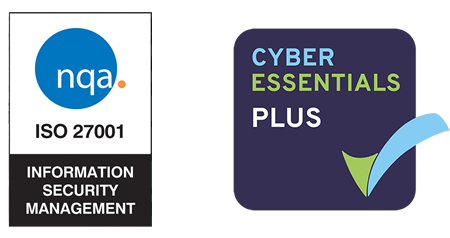
01256 976 650
ElysianIT Limited
Upper Farm, Wootton St. Lawrence,
Basingstoke, Hampshire, RG23 8PE
Microsoft SharePoint Online has been continuing to revolutionize the way organizations operate since it was first released back in 2013. Not only does SharePoint Online help make your employees more engaged, organized, and productive, but it also provides a secure, cloud-based platform that reduces IT spend and improves overall uptime and availability. As a result, more and more organizations are choosing to migrate to SharePoint Online from their file shares, on-premise SharePoint environments, and/or other 3rd party content management systems.
As a Microsoft Gold Partner, we’ve been assisting organizations successfully adopt SharePoint Online for years. On the surface, this may seem like a trivial IT initiative but as the phrase goes ‘fail to plan, then plan to fail’.
Here are 5 key considerations that are essential in properly planning your file share to SharePoint Online migration, ensuring you get the most out of your SharePoint Online investment.
Determine Why You Want to Migrate
When planning your file share to SharePoint Online migration, one of the first questions you must ask is: what challenges are you currently facing with your current content management strategy.
Deeply understanding your current challenges and pain points with your file share approach is a critical first step in determining exactly how you want to migrate your content and the overall benefits you are looking to achieve with your new SharePoint Online solution.
Determine How to Migrate
There are various software tools that can be used for file migration and we can advise on the best option based on your organisational needs.
Conduct a Content Assessment
Most organizations historically acquire lots of files on their file share that are just no longer needed, and hence this step will help ensure your new solution is fit for your organisational needs.
Improve Your Information Architecture (IA)
Search in SharePoint Online is optimized for metadata, content types, and a flatter file structure. If you are doing a migration, this is a good opportunity to build a new information architecture to improve the searchability and findability of files. This approach, typically referred to as a “transformative approach”, can be particularly useful to ensure that your content is structured to support your organisation into the future and cut away any legacy constraints.




